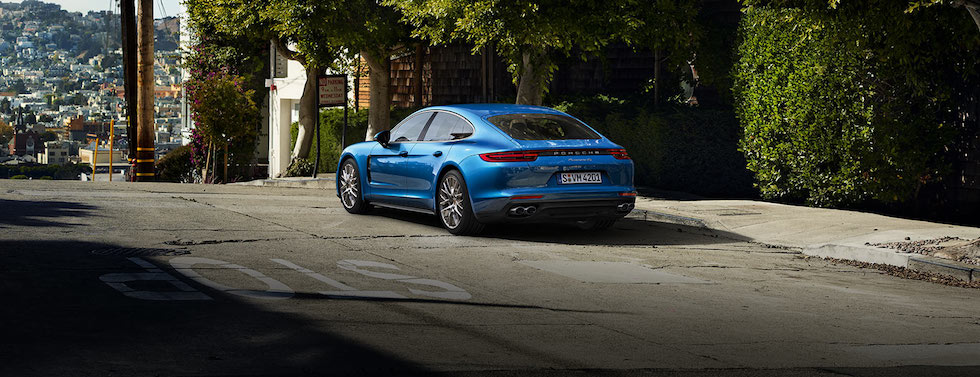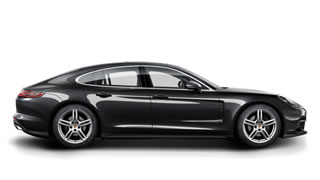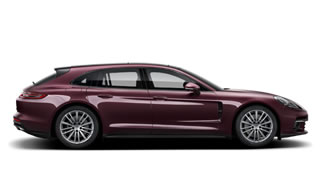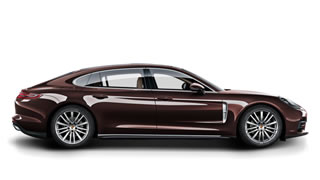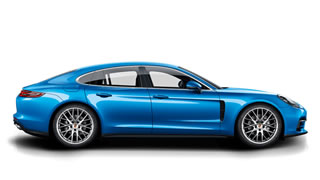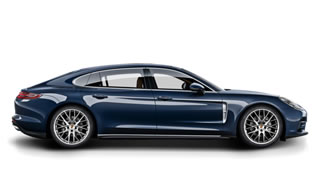Porsche Ontario
2262 Inland Empire Blvd Ontario, CA 917642018 Porsche Panamera Overview 
2018 Porsche Panamera in Ontario
Porsche Panamera Dealer in Ontario
2018 Porsche Panamera Performance 
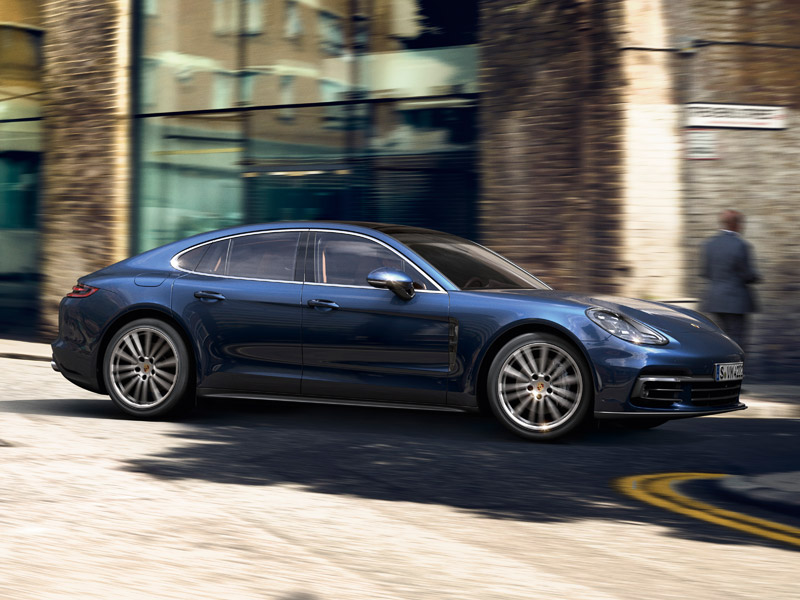
Performance
The all-new twin-turbo V6 engine in the Panamera 4S is lighter and more compact than its predecessor and comes equipped with VarioCam Plus. The two turbochargers are now positioned in between the cylinder banks. This reduces the distance that the exhaust stream has to travel to reach the respective turbo – delivering a more rapid response. The direct fuel injection in the new generation of engines is realised by a central injector inside the combustion chamber. This optimises both the mixture injection and combustion – for greater efficiency and increased power delivery.
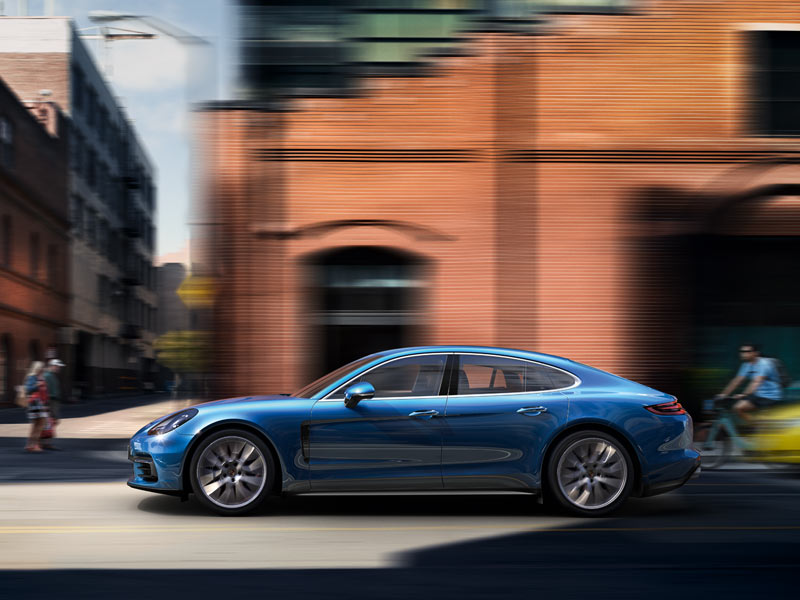
SPORT mode
With SPORT mode, you can swap from a comfort-oriented tuning to a sporty setup. The electronic engine management system demands a sharper response. Engine dynamics become more direct. In SPORT mode, PDK shifts up later and shifts down sooner. Porsche Active Suspension Management (PASM) and optional Porsche Dynamic Chassis Control Sport (PDCC Sport) and rear-axle steering also switch to SPORT mode, delivering harder damping and more direct turn-in – and even greater agility through corners.
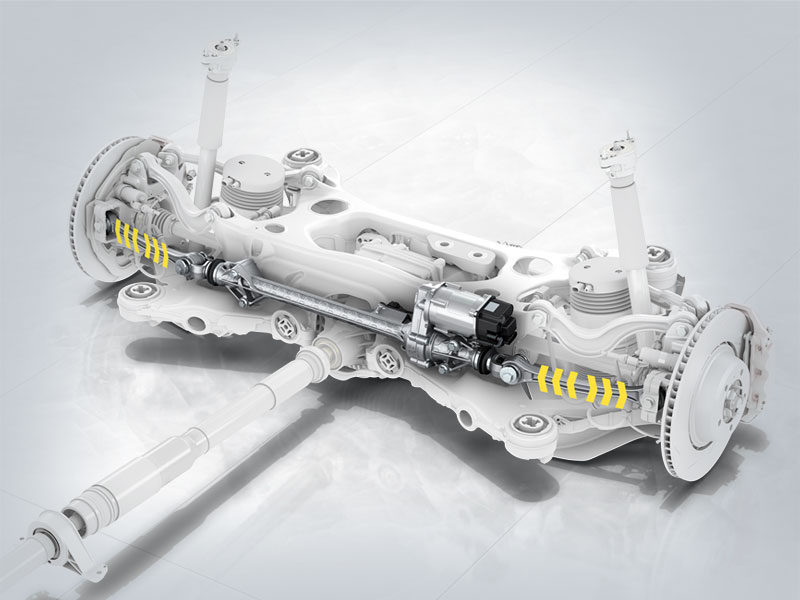
Rear-axle steering
Available for the Panamera models for the first time: optional rear-axle steering. It enhances performance and everyday driveability in equal measure. During low-speed maneuvers, the system steers the rear wheels in the opposite direction to that of the front wheels. This has the virtual effect of shortening the wheelbase. The turning circle is reduced, agility is increased and parking becomes noticeably easier to manage. During high-speed maneuvers, the system steers the rear wheels in the same direction as that of the front wheels. This virtual extension of the wheelbase increases driving stability.
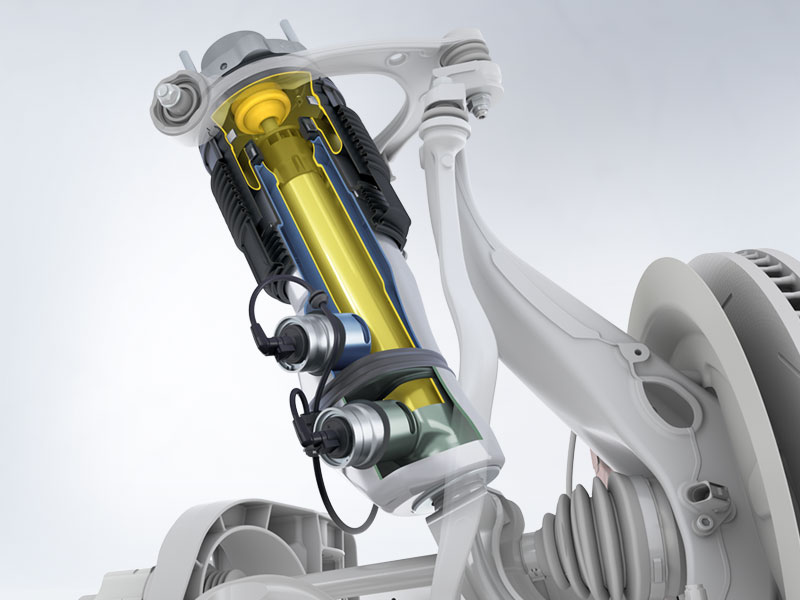
Chassis
The chassis of the new Panamera models performs this balancing act between sport and comfort effortlessly – and in the most masterful way possible: with further-developed, optional chassis technologies. Examples include the adaptive air suspension with three-chamber technology boasting a 60 % greater air capacity than that of the predecessor, new Porsche Dynamic Chassis Control Sport (PDCC Sport) and rear-axle steering. What’s also new is the integrated Porsche 4D Chassis Control system, which centrally analyses the driving situation in all three spatial dimensions, e.g. pitch, roll and yaw, computes optimum driving states from these data, and synchronizes all chassis systems in real time: the fourth dimension. The objective is to optimize overall performance, and to make the middle ground between sporty driving and comfort as expansive as possible.
2018 Porsche Panamera Appearance 
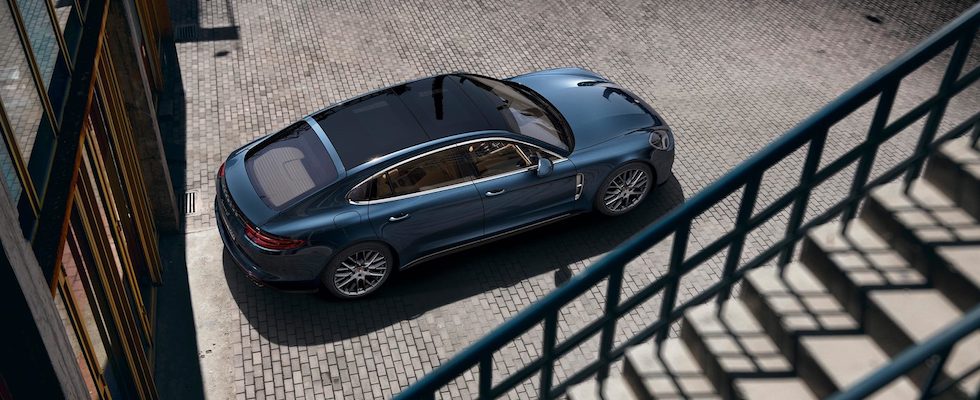
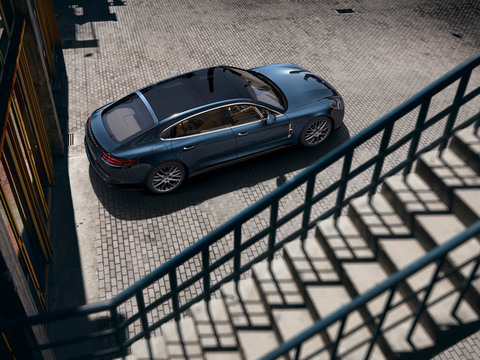
Panoramic sunroof
The tinted glass panels of the new panoramic sunroof on the Panamera models create a particularly bright and pleasant lighting mood in the interior. The two-piece panoramic sunroof can be tilted and opened electrically at the front.
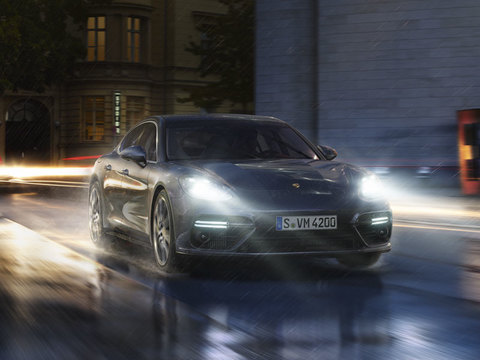
LED headlights including Porsche Dynamic Light System (PDLS)
Available as an option for all Panamera models, fitted as standard to the Panamera Turbo: LED headlights including Porsche Dynamic Light System (PDLS) with dynamic range adjustment, dynamic cornering lights and speedsensitive headlight range control. For enhanced near-field, lateral and far-field illumination – and added safety.
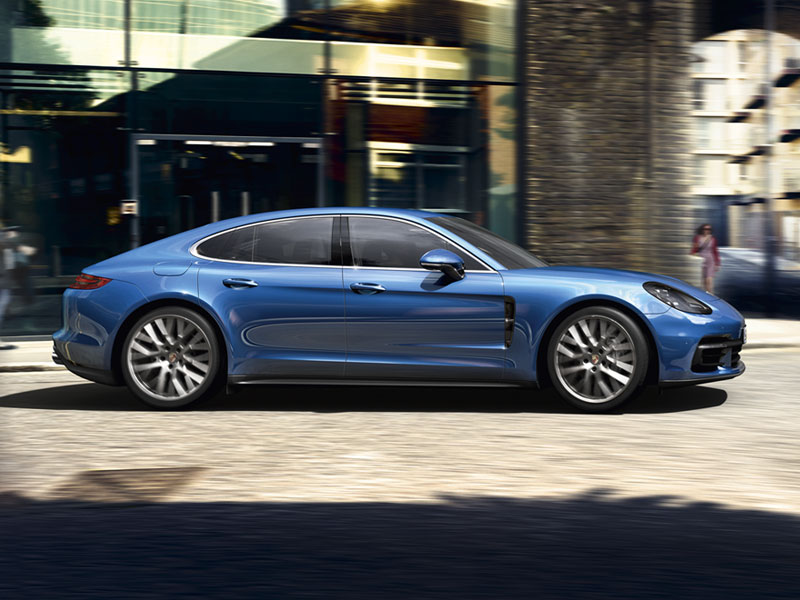
Exterior design
Does a sporty sedan really have to look like a sedan? Or can it look rather more athletic? With a taut roof line, for example, that displays a sleek and harmonious contour more likely to be associated with a two-seater? The silhouette and proportions of the new Panamera models are more Porsche than ever. Clearly perceived rounded transitions, powerful muscles and a sharpened sports car silhouette emphasize the precision of the new design.
2018 Porsche Panamera Comfort 
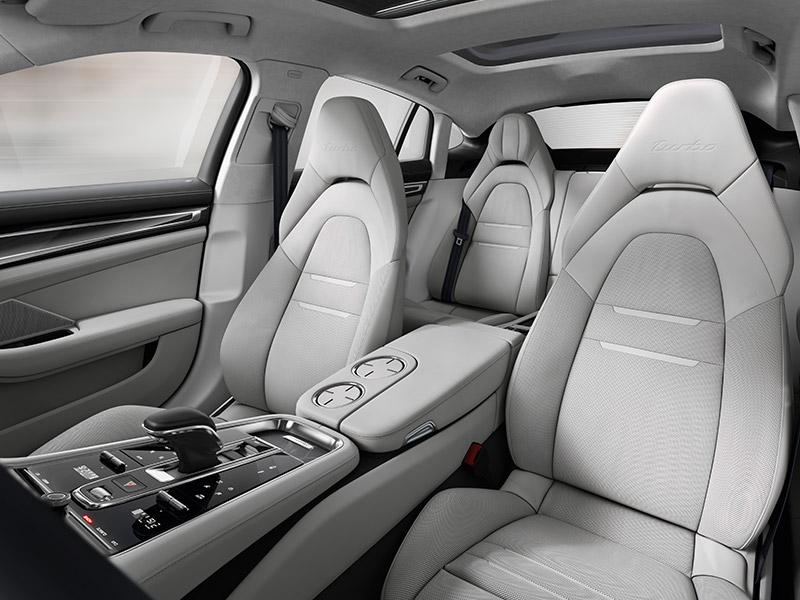
Interior design
The center console ascends towards the front. The dashboard is flat and conspicuously wide. The analog rev counter is positioned in the middle of the instrument cluster. Also new is the control concept: Porsche Advanced Cockpit. The center console with Direct Touch Control has a glass-like surface with touch-sensitive buttons for direct access to the most important functions. In between: the compact gear selector. A high-resolution 12-inch touchscreen display is integrated into the dashboard. Two high-resolution screens, one to the right and one to left of the tachometer, display virtual instruments, maps and a range of other information.
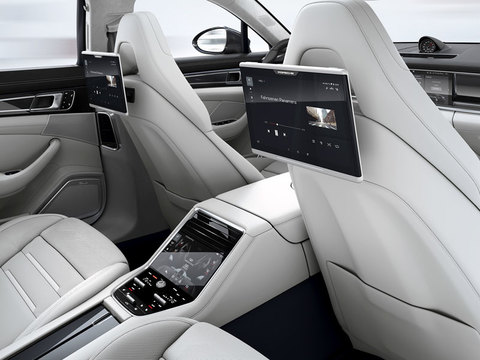
Porsche Rear Seat Entertainment
A cinematic experience enjoyed in the second row: new Porsche Rear Seat Entertainment has been specially developed to appeal to the discerning taste of a Porsche passenger and offers a fully integrated and networked infotainment system for on the move. Both units are removable, making them convenient to use outside the vehicle, too.
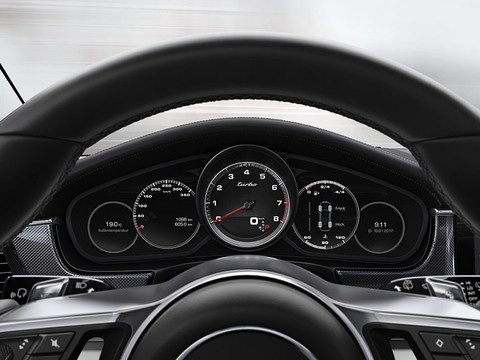
Instrument cluster
Analog meets digital: the new instrument cluster of the Panamera models is reminiscent of Porsche motorsport history – and, at the same time, it is as modern as only it can be. In the middle and in direct view of the driver is the analog tachometer, its needle integral to its truly classic design. To the left and right, two high-resolution displays provide you with a variety of information as and when you need it, such as the navigation map or Night Vision Assist.

Four-zone automatic climate control including touchscreen display in rear compartment
Welcome to your personal climate zone. Four-zone automatic climate control features individual temperature setting controls for the driver and front passenger, and separate ones for each seat in the rear, too. The system also comes with a dedicated touchscreen display for the rear compartment. In addition to the air conditioning, this can be used to operate a range of other comfort and entertainment functions (depending on equipment specification).
2018 Porsche Panamera Safety 
New Car Limited Warranty & Porsche 24-Hour Roadside Assistance Program for 4-Years / 50,000 Miles (whichever occurs first)


Lane Change Assist with Turn Assist
Lane Change Assist uses radar sensors to monitor the areas to the rear of the vehicle and the blind spots on either side. As you move to change lane, the system issues a visual warning signal in the exterior mirrors if another vehicle is rapidly approaching your vehicle from behind or is residing in one of your blind spots. The function can be activated in PCM as required. During low-speed turns, new Turn Assist improves safety at the rear. When approaching an intersection, Turn Assist issues a visual warning if it detects objects approaching in the blind spots behind your vehicle.
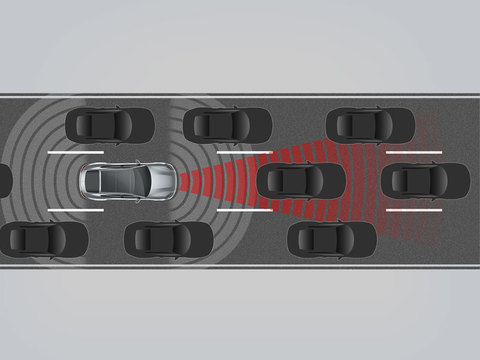
Lane Keep Assist including traffic sign recognition and cornering notification
Lane Keep Assist is a camera-based system for automatic detection of divider line markings on the road. The system eases the burden on the driver by providing steering assistance, helping to keep the vehicle in lane. Integrated traffic sign recognition uses a camera and navigation data to detect speed limits and ‘no passing’ zones. Information is displayed in the instrument cluster. The advantage over information stored in the navigation database is that even temporary speed restrictions can be detected.

ParkAssist including reversing camera and Surround View
ParkAssist is fitted in all Panamera models and audibly alerts the driver to the presence of obstacles detected to the front and rear of the vehicle. The audible alert is supplemented by a visual warning on the central display screen. The reversing camera facilitates precise reverse parking and maneuvering. Help is provided in the form of the camera image and the dynamic, superimposed guidelines on the PCM screen, which illustrate the predicted course of the vehicle given the current position of the steering wheel.
2018 Porsche Panamera Specification 

Width (w/ mirrors folded): 85.2 in. (76.3 in.)
Length: 198.8 in.
Specs reflect base model unless otherwise noted.
| Engine | PDK |
|---|---|
| Number of cylinders | 6 |
| Displacement | 3.0 liters |
| Horsepower | 330 hp |
| @ rpm | 5,400 - 6,400 rpm |
| Torque | 331 lb.-ft. |
| Compression ratio | 11.2 : 1 |
| Fuel Consumption | PDK |
|---|---|
| City (estimate) | 21 mpg |
| Highway (estimate) | 28 mpg |
| Combined (estimate) | 24 mpg |
| Performance | PDK |
|---|---|
| Top Track Speed | 164 mph |
| 0 - 60 mph | 5.4 sec (5.2 sec w/ Sport Chrono) |
| Transmission | PDK |
|---|---|
| Driveline layout | Rear-wheel drive |
| Manual Gearbox | n/a |
| PDK | Standard / 8 speed |
| Other | |
| Luggage compartment volume | 17.6 cu.-ft. (seats up) / 47.3 cu.-ft. (seats folded) |
| Fuel tank | 23.7 gal. |
| Body | PDK |
|---|---|
| Length | 198.8 in |
| Width (w/ mirrors folded) | 85.2 in. (76.3 in.) |
| Height | 56.0 in |
| Wheelbase | 116.1 in |
| Drag coefficient (Cd) | 0.28 |
| Curb Weight | 4001 lbs |
We're sorry, but we do not have a 2018 Porsche Panamera in our current inventory.
Disclaimers
- * For up-to-date pricing and disclaimer information please contact your local dealer.
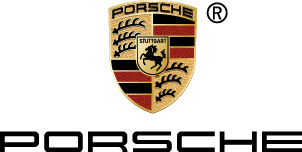
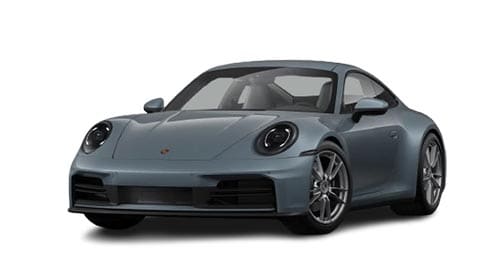 2026 911 Carrera
2026 911 Carrera
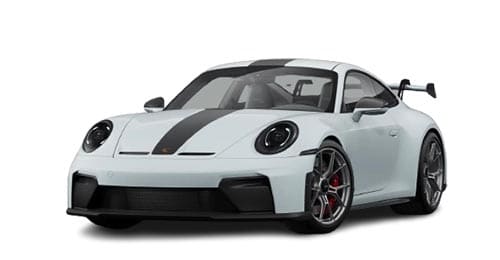 2026 911 GT3
2026 911 GT3
 2026 911 Spirit 70
2026 911 Spirit 70
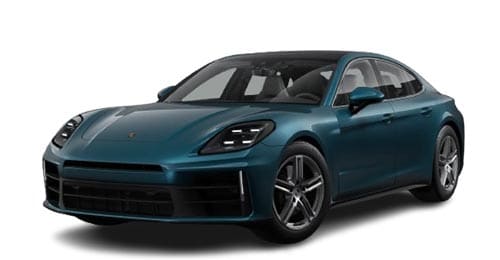 2026 Panamera
2026 Panamera
 2026 Taycan
2026 Taycan
 2026 Cayenne
2026 Cayenne
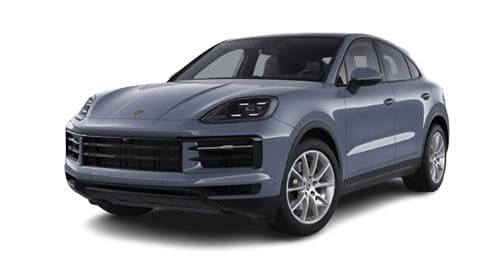 2026 Cayenne Coupe
2026 Cayenne Coupe
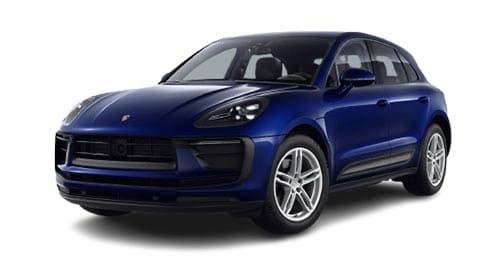 2026 Macan
2026 Macan
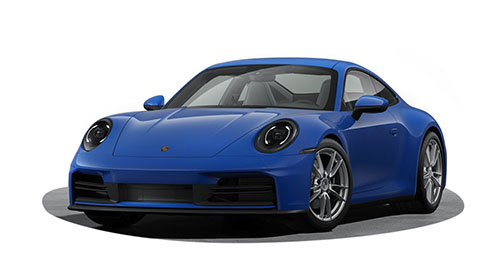 2025 911 Carrera
2025 911 Carrera
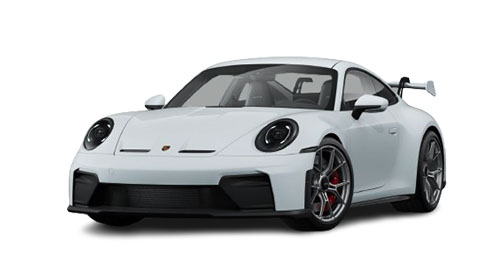 2025 911 GT3
2025 911 GT3
 2025 911 GT3 RS
2025 911 GT3 RS
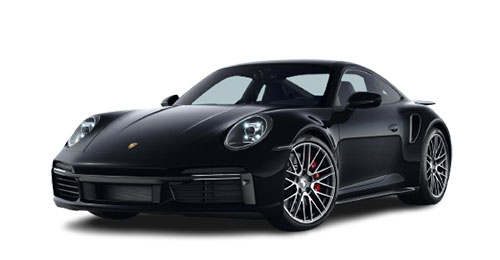 2025 911 Turbo
2025 911 Turbo
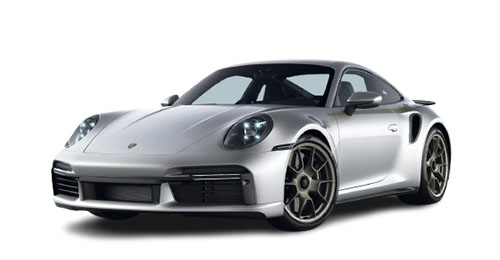 2025 911 Turbo 50 Years
2025 911 Turbo 50 Years
 2025 718 Boxster
2025 718 Boxster
 2025 718 Cayman
2025 718 Cayman
 2025 718 Cayman GT4 RS
2025 718 Cayman GT4 RS
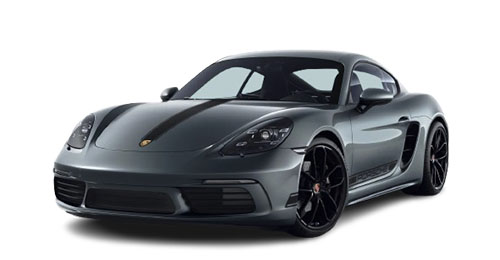 2025 718 Cayman Style Edition
2025 718 Cayman Style Edition
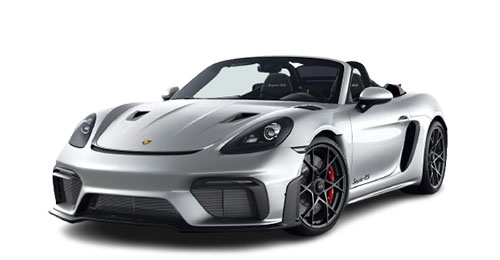 2025 718 Spyder RS
2025 718 Spyder RS
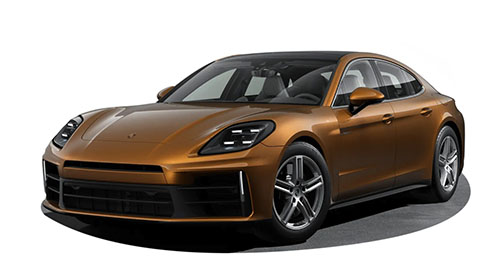 2025 Panamera
2025 Panamera
 2025 Taycan
2025 Taycan
 2025 Cayenne
2025 Cayenne
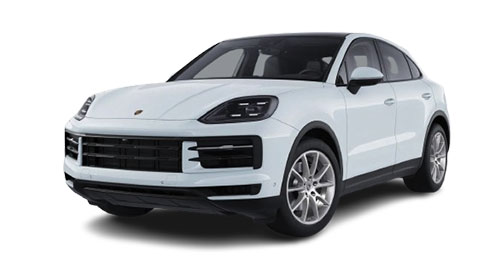 2025 Cayenne Coupe
2025 Cayenne Coupe
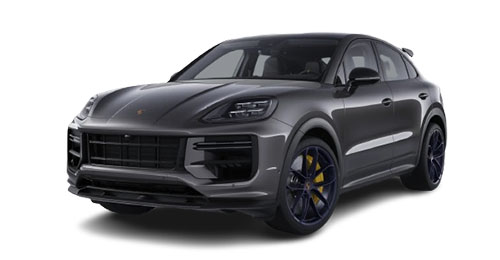 2025 Cayenne Turbo GT
2025 Cayenne Turbo GT
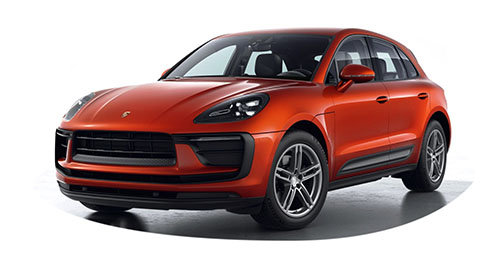 2025 Macan
2025 Macan
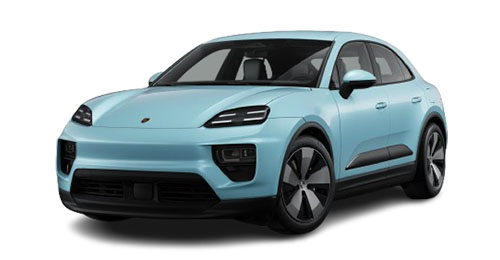 2025 Macan Electric
2025 Macan Electric
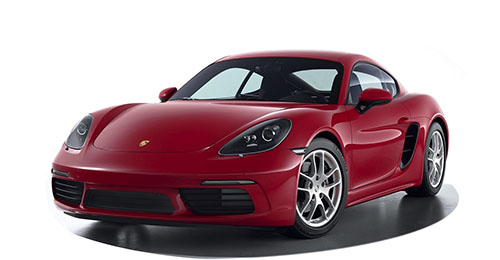 2024 718 Cayman
2024 718 Cayman
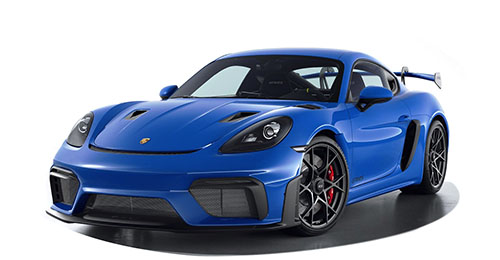 2024 718 Cayman GT4 RS
2024 718 Cayman GT4 RS
 2024 718 Cayman Style Edition
2024 718 Cayman Style Edition
 2024 911 Carrera
2024 911 Carrera
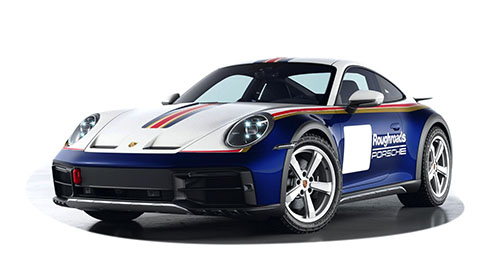 2024 911 Dakar
2024 911 Dakar
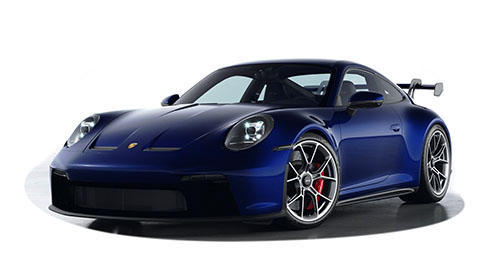 2024 911 GT3
2024 911 GT3
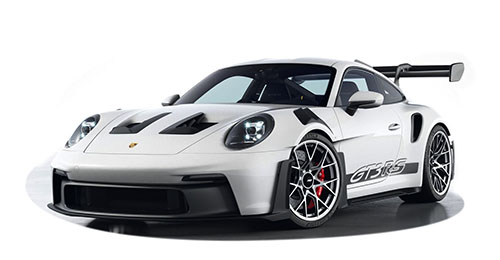 2024 911 GT3 RS
2024 911 GT3 RS
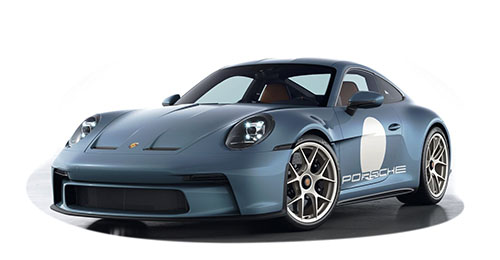 2024 911 ST
2024 911 ST
 2024 911 Turbo
2024 911 Turbo
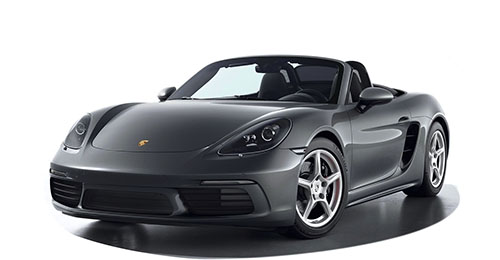 2024 718 Boxster
2024 718 Boxster
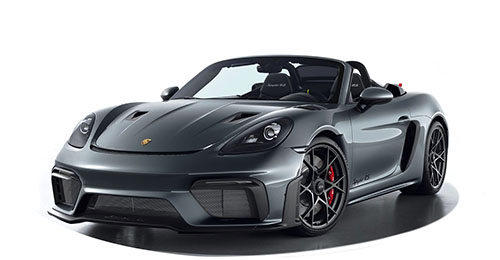 2024 718 Spyder RS
2024 718 Spyder RS
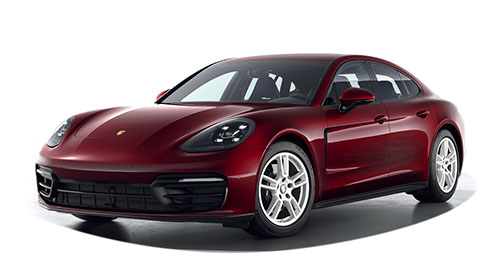 2024 Panamera
2024 Panamera
 2024 Taycan
2024 Taycan
 2024 Cayenne
2024 Cayenne
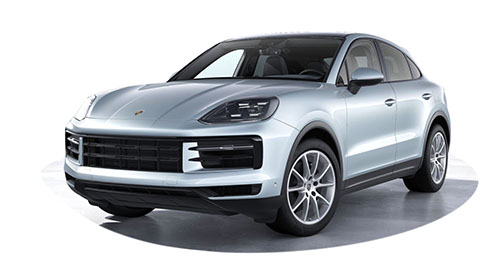 2024 Cayenne Coupe
2024 Cayenne Coupe
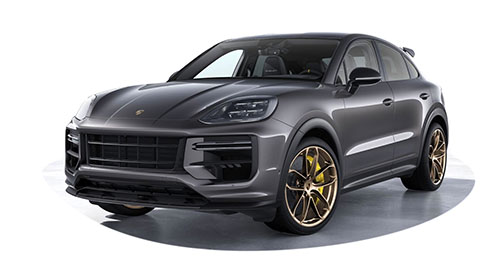 2024 Cayenne Turbo GT
2024 Cayenne Turbo GT
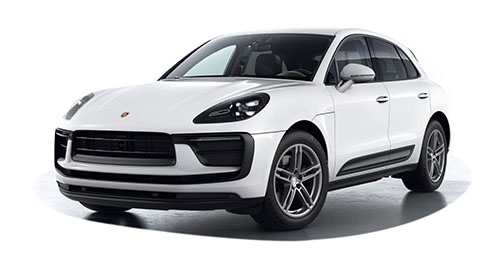 2024 Macan
2024 Macan
 2024 Macan Electric
2024 Macan Electric
 2023 718 Cayman
2023 718 Cayman
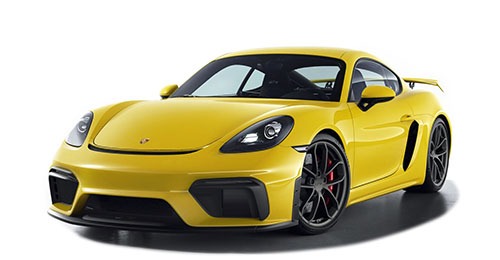 2023 718 Cayman GT4
2023 718 Cayman GT4
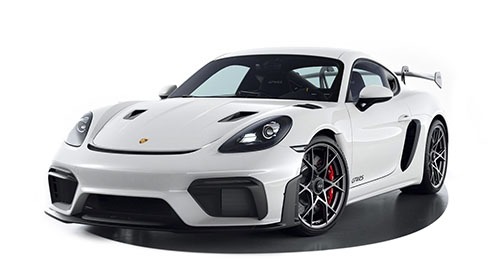 2023 718 Cayman GT4 RS
2023 718 Cayman GT4 RS
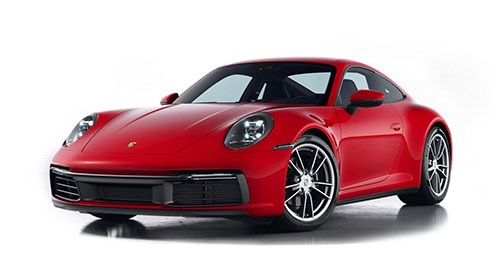 2023 911 Carrera
2023 911 Carrera
 2023 911 Dakar
2023 911 Dakar
 2023 911 GT3
2023 911 GT3
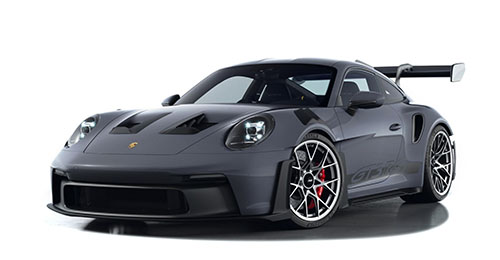 2023 911 GT3 RS
2023 911 GT3 RS
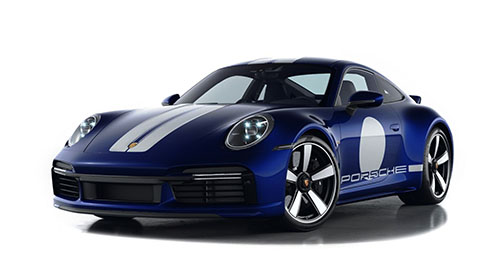 2023 911 Sport Classic
2023 911 Sport Classic
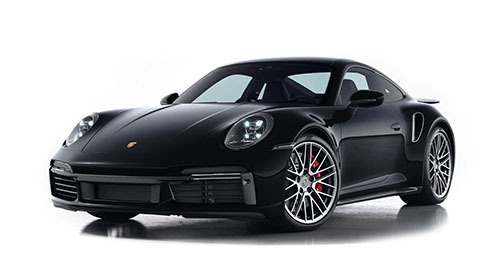 2023 911 Turbo
2023 911 Turbo
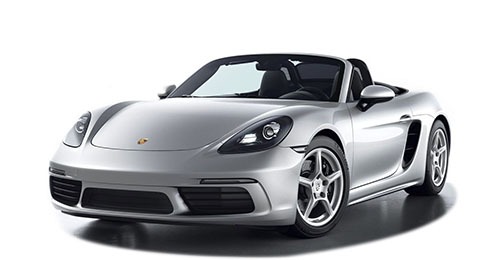 2023 718 Boxster
2023 718 Boxster
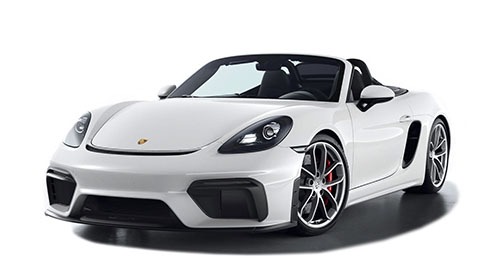 2023 718 Spyder
2023 718 Spyder
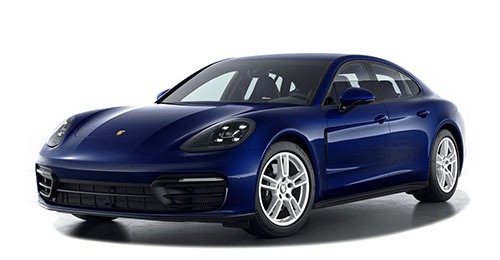 2023 Panamera
2023 Panamera
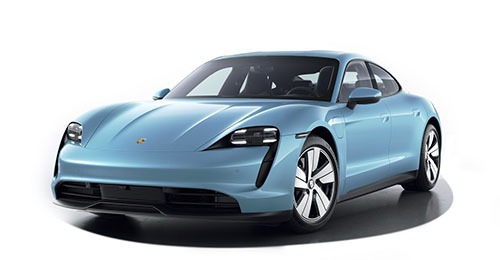 2023 Taycan
2023 Taycan
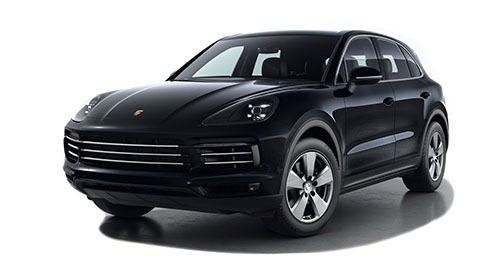 2023 Cayenne
2023 Cayenne
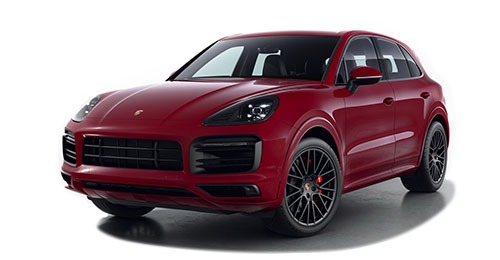 2023 Cayenne GTS
2023 Cayenne GTS
 2023 Cayenne Turbo GT
2023 Cayenne Turbo GT
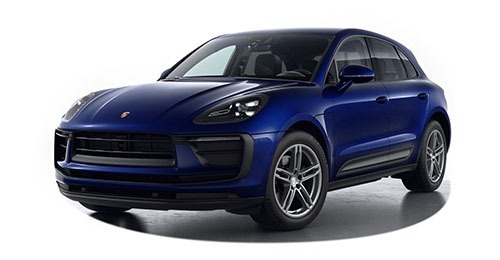 2023 Macan
2023 Macan
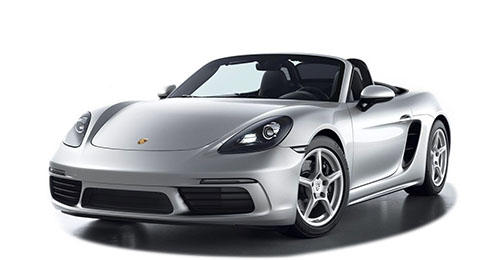 2022 718 Boxster
2022 718 Boxster
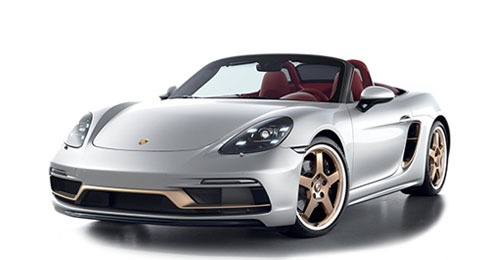 2022 718 Boxster 25 Years
2022 718 Boxster 25 Years
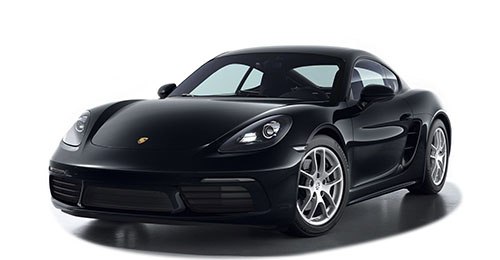 2022 718 Cayman
2022 718 Cayman
 2022 718 Cayman GT4
2022 718 Cayman GT4
 2022 718 Cayman GT4 RS
2022 718 Cayman GT4 RS
 2022 718 GTS 4.0
2022 718 GTS 4.0
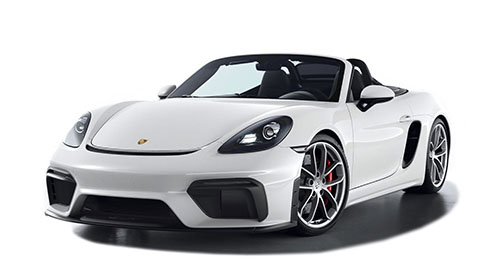 2022 718 Spyder
2022 718 Spyder
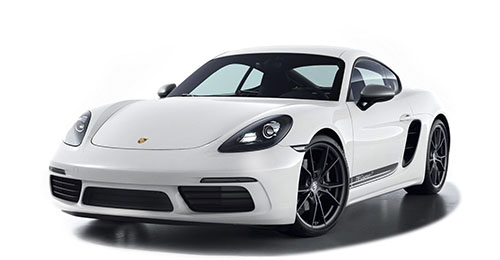 2022 718 T
2022 718 T
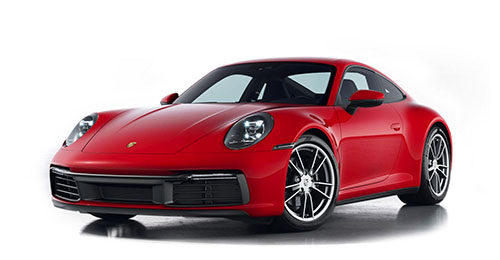 2022 911
2022 911
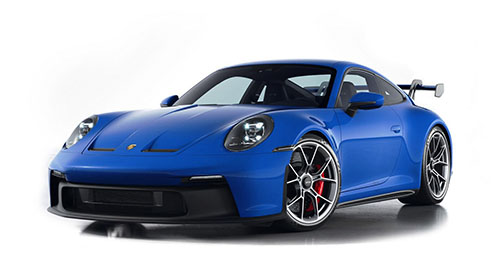 2022 911 GT3
2022 911 GT3
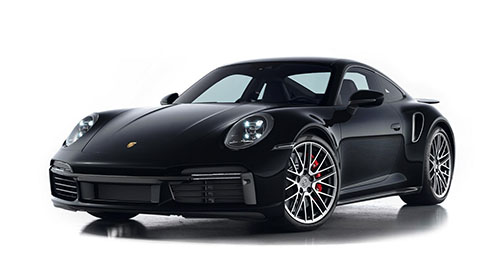 2022 911 Turbo
2022 911 Turbo
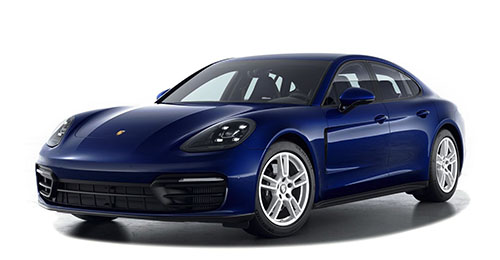 2022 Panamera
2022 Panamera
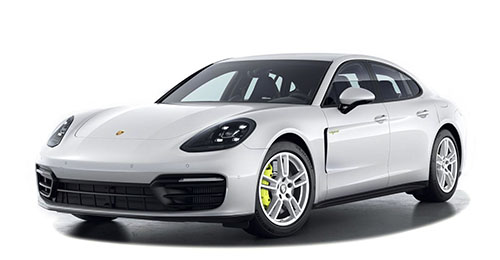 2022 Panamera E-Hybrid
2022 Panamera E-Hybrid
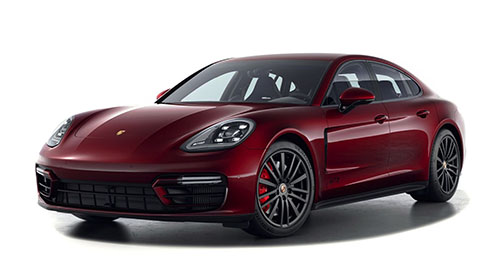 2022 Panamera GTS
2022 Panamera GTS
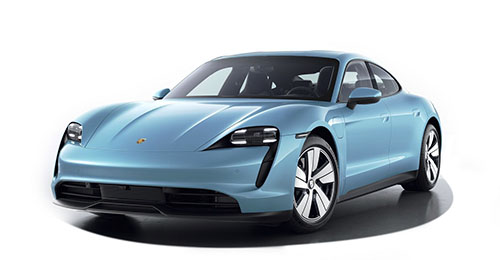 2022 Taycan
2022 Taycan
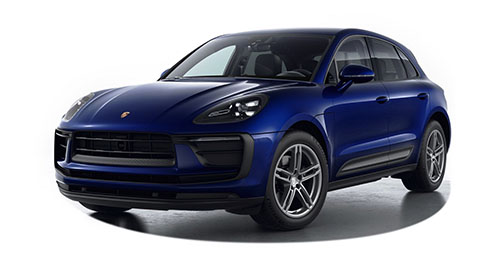 2022 Macan
2022 Macan
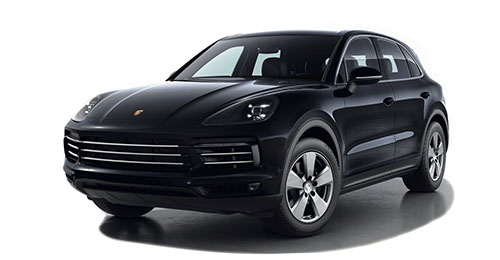 2022 Cayenne
2022 Cayenne
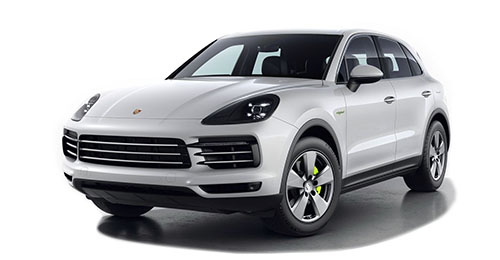 2022 Cayenne E-Hybrid
2022 Cayenne E-Hybrid
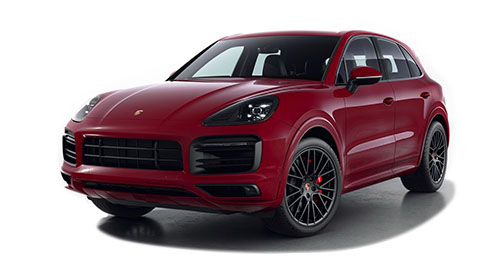 2022 Cayenne GTS
2022 Cayenne GTS
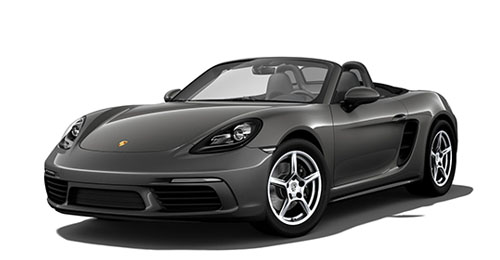 2021 718 Boxster
2021 718 Boxster
 2021 718 Boxster 25 Years
2021 718 Boxster 25 Years
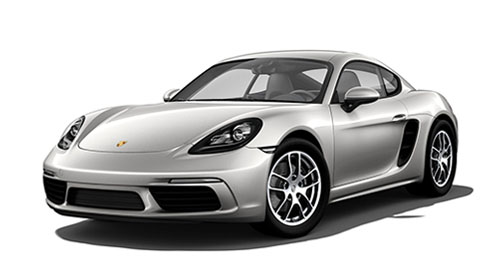 2021 718 Cayman
2021 718 Cayman
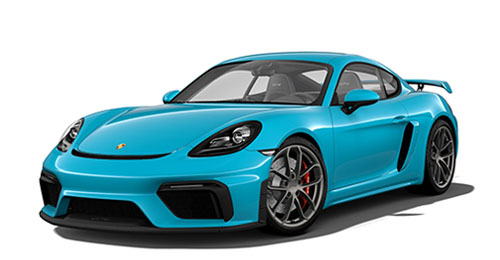 2021 718 Cayman GT4
2021 718 Cayman GT4
 2021 718 GTS 4.0
2021 718 GTS 4.0
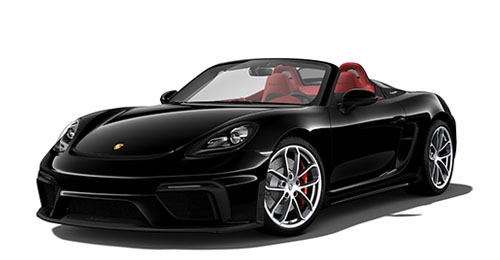 2021 718 Spyder
2021 718 Spyder
 2021 718 T
2021 718 T
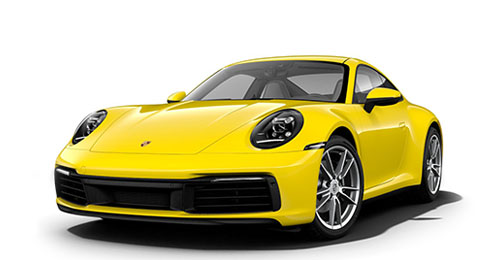 2021 911
2021 911
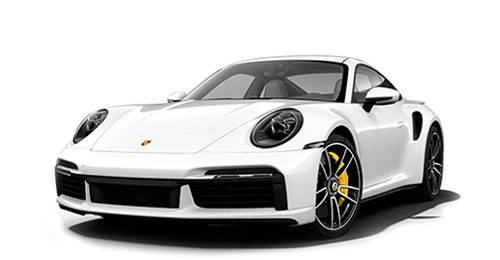 2021 911 Turbo
2021 911 Turbo
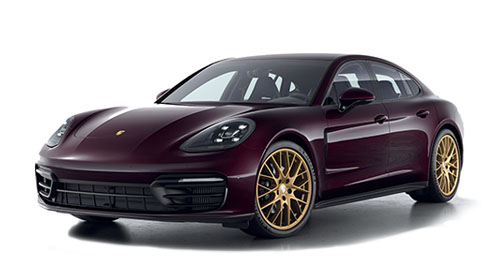 2021 Panamera
2021 Panamera
 2021 Panamera E-Hybrid
2021 Panamera E-Hybrid
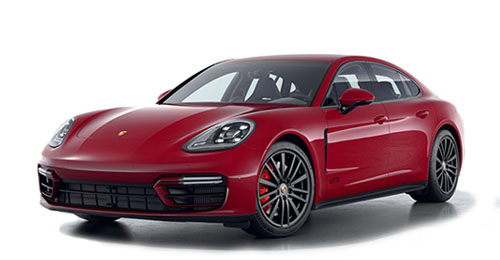 2021 Panamera GTS
2021 Panamera GTS
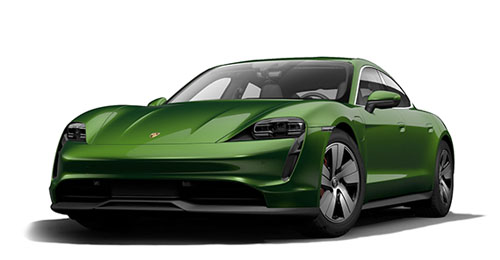 2021 Taycan
2021 Taycan
 2021 Macan
2021 Macan
 2021 Cayenne
2021 Cayenne
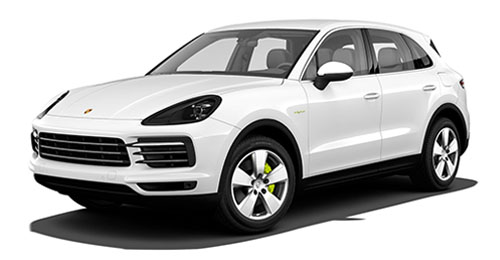 2021 Cayenne E-Hybrid
2021 Cayenne E-Hybrid
 2021 Cayenne GTS
2021 Cayenne GTS
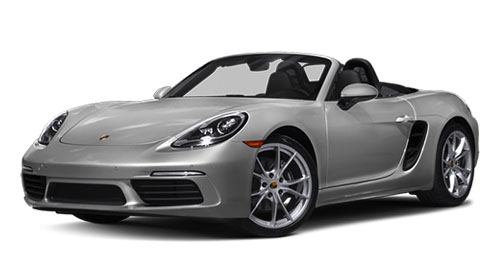 2020 718 Boxster
2020 718 Boxster
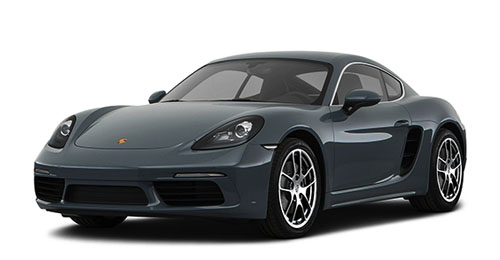 2020 718 Cayman
2020 718 Cayman
 2020 718 Cayman GT4
2020 718 Cayman GT4
 2020 718 Spyder
2020 718 Spyder
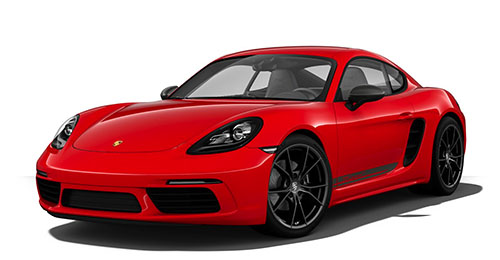 2020 718 T
2020 718 T
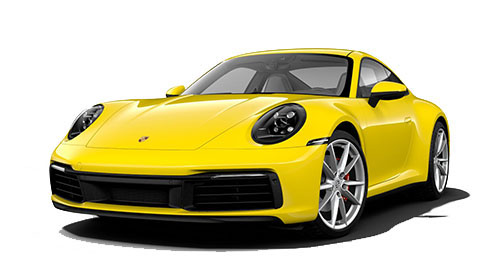 2020 911 Carrera
2020 911 Carrera
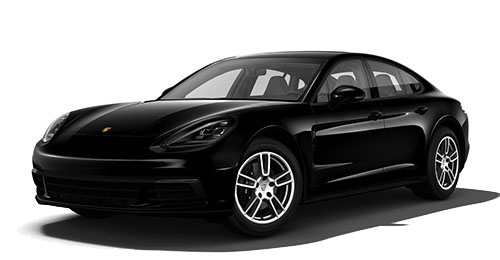 2020 Panamera
2020 Panamera
 2020 Panamera E-Hybrid
2020 Panamera E-Hybrid
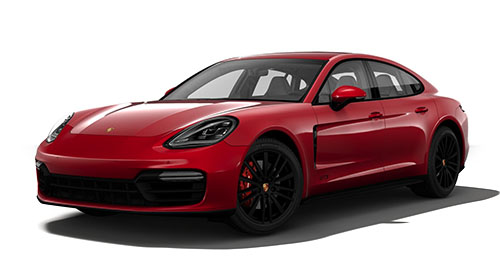 2020 Panamera GTS
2020 Panamera GTS
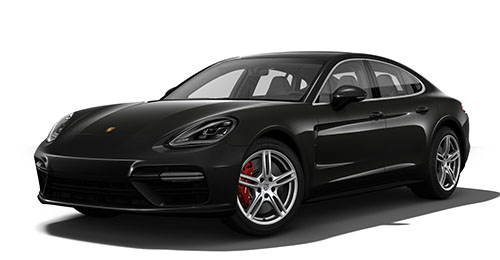 2020 Panamera Turbo
2020 Panamera Turbo
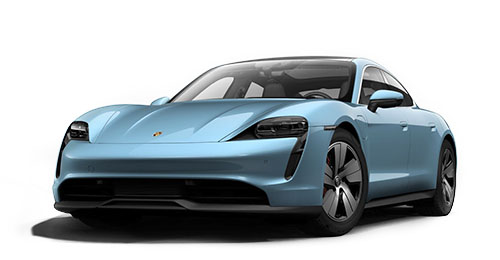 2020 Taycan
2020 Taycan
 2020 Macan
2020 Macan
 2020 Cayenne
2020 Cayenne
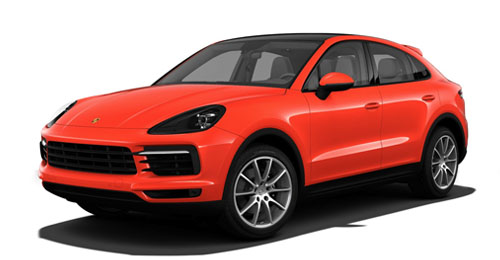 2020 Cayenne Coupe
2020 Cayenne Coupe
 2019 718 Boxster
2019 718 Boxster
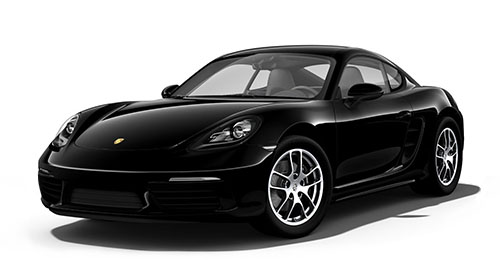 2019 718 Cayman
2019 718 Cayman
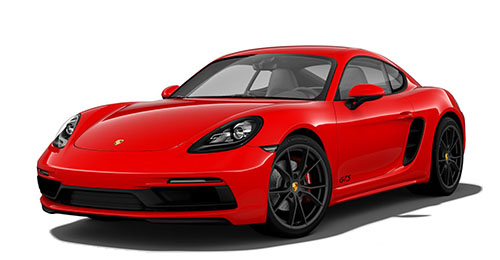 2019 718 GTS
2019 718 GTS
 2019 911 Carrera
2019 911 Carrera
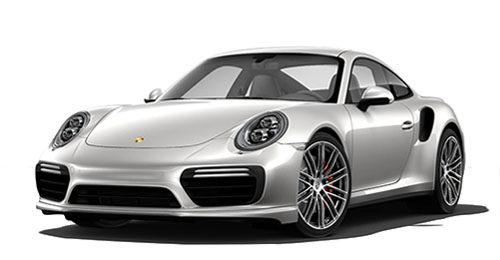 2019 911 Carrera T
2019 911 Carrera T
 2019 911 GT2 RS
2019 911 GT2 RS
 2019 911 GT3
2019 911 GT3
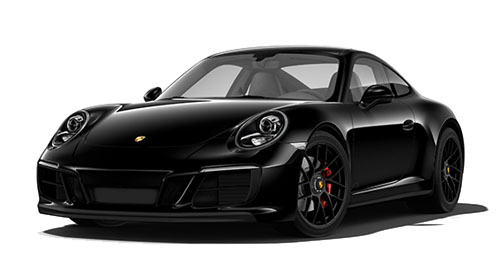 2019 911 GTS
2019 911 GTS
 2019 911 Speedster
2019 911 Speedster
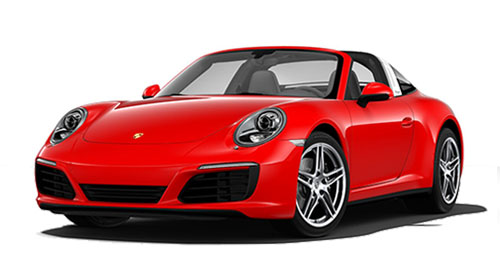 2019 911 Targa 4
2019 911 Targa 4
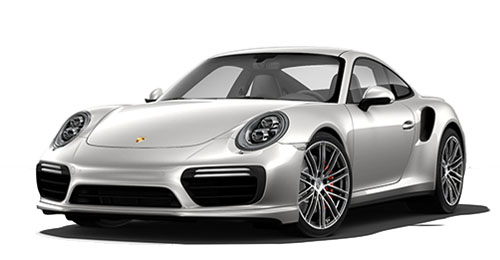 2019 911 Turbo
2019 911 Turbo
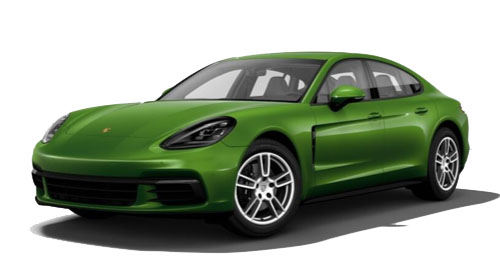 2019 Panamera
2019 Panamera
 2019 Panamera E-Hybrid
2019 Panamera E-Hybrid
 2019 Panamera GTS
2019 Panamera GTS
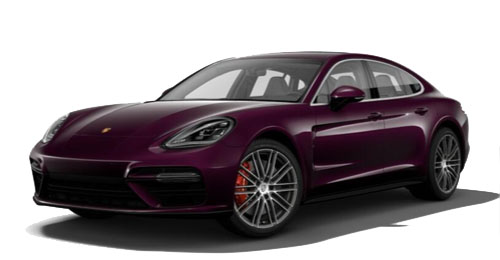 2019 Panamera Turbo
2019 Panamera Turbo
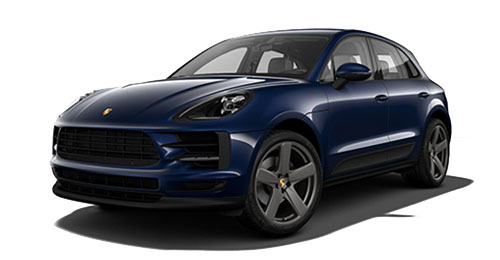 2019 Macan
2019 Macan
 2019 Cayenne
2019 Cayenne
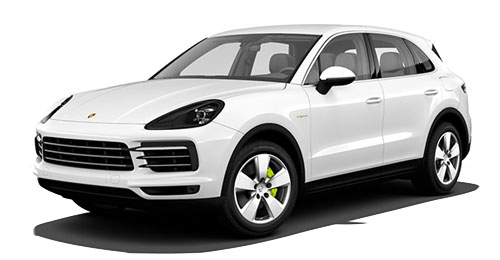 2019 Cayenne E-Hybrid
2019 Cayenne E-Hybrid
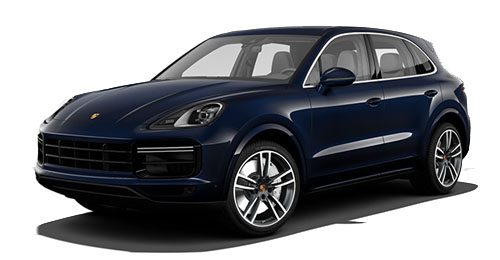 2019 Cayenne Turbo
2019 Cayenne Turbo
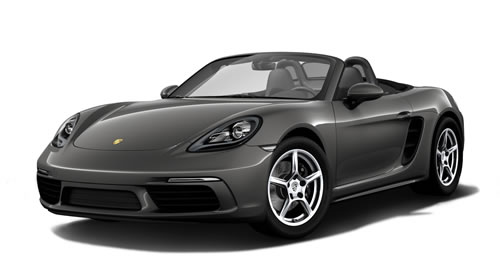 2018 718 Boxster
2018 718 Boxster
 2018 718 Cayman
2018 718 Cayman
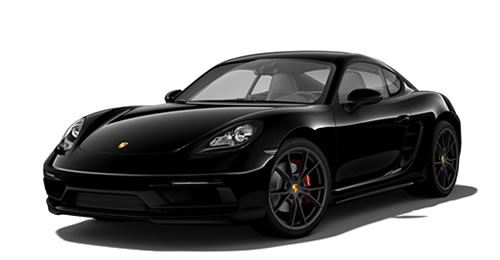 2018 718 GTS
2018 718 GTS
 2018 911 Carrera
2018 911 Carrera
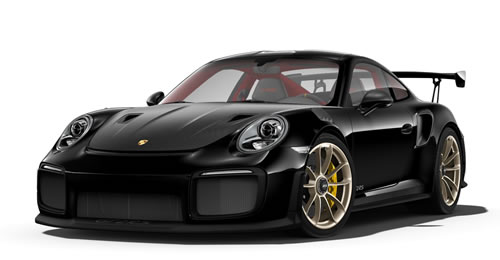 2018 911 GT2 RS
2018 911 GT2 RS
 2018 911 GT3
2018 911 GT3
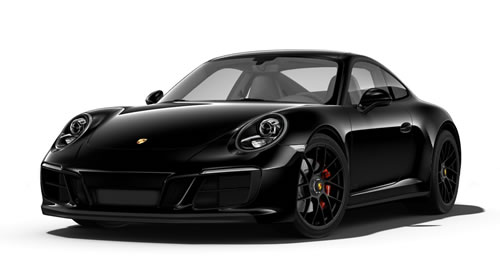 2018 911 GTS
2018 911 GTS
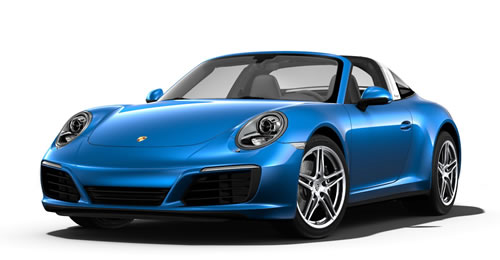 2018 911 Targa 4
2018 911 Targa 4
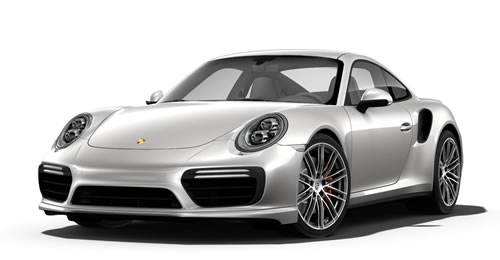 2018 911 Turbo
2018 911 Turbo
 2018 911 Turbo S Exclusive
2018 911 Turbo S Exclusive
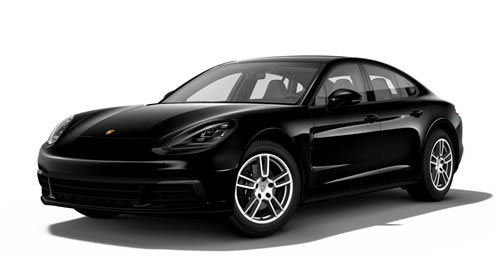 2018 Panamera
2018 Panamera
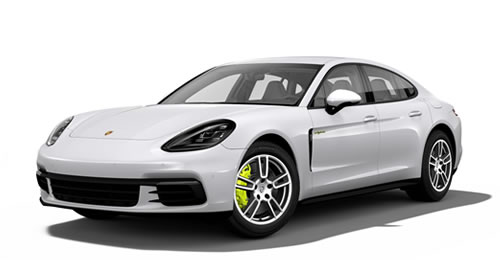 2018 Panamera E-Hybrid
2018 Panamera E-Hybrid
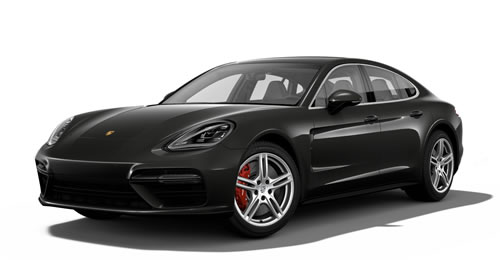 2018 Panamera Turbo
2018 Panamera Turbo
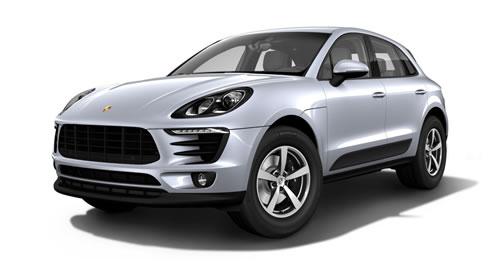 2018 Macan
2018 Macan
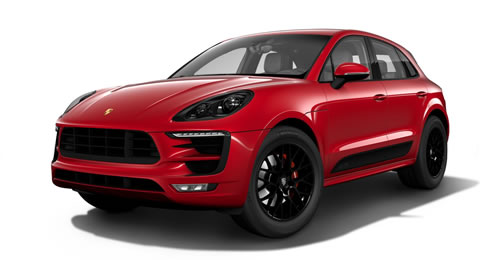 2018 Macan GTS
2018 Macan GTS
 2018 Macan Turbo
2018 Macan Turbo
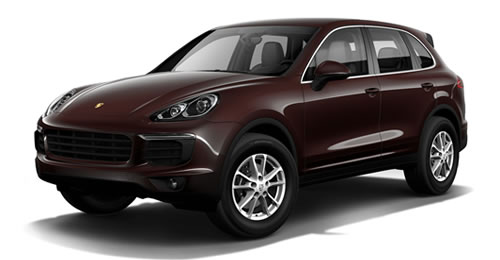 2018 Cayenne
2018 Cayenne
 2018 Cayenne E-Hybrid
2018 Cayenne E-Hybrid
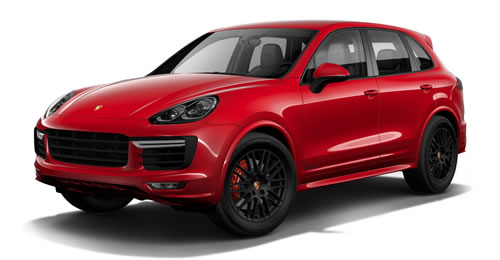 2018 Cayenne GTS
2018 Cayenne GTS
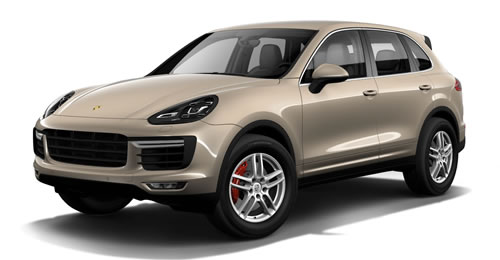 2018 Cayenne Turbo
2018 Cayenne Turbo
 2017 718 Boxster
2017 718 Boxster
 2017 718 Cayman
2017 718 Cayman
 2017 911 Carrera
2017 911 Carrera
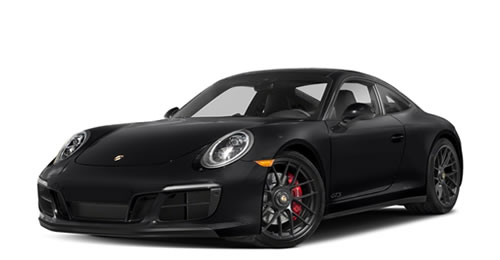 2017 911 GTS
2017 911 GTS
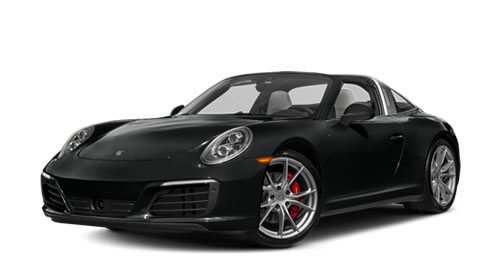 2017 911 Targa
2017 911 Targa
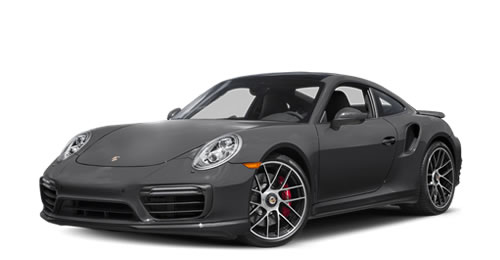 2017 911 Turbo
2017 911 Turbo
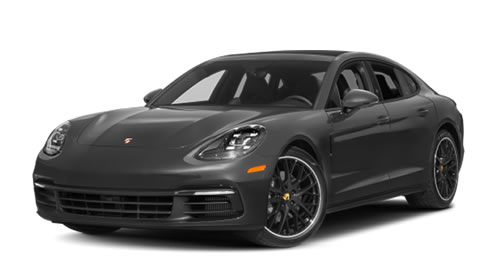 2017 Panamera
2017 Panamera
 2017 Macan
2017 Macan
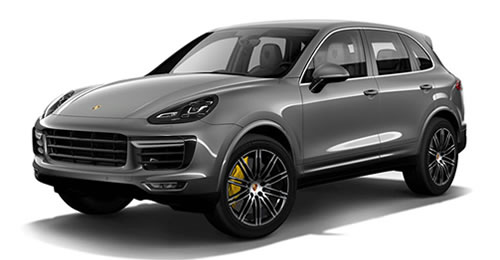 2017 Cayenne
2017 Cayenne
 2016 Boxster
2016 Boxster
 2016 Cayman
2016 Cayman
 2016 911
2016 911
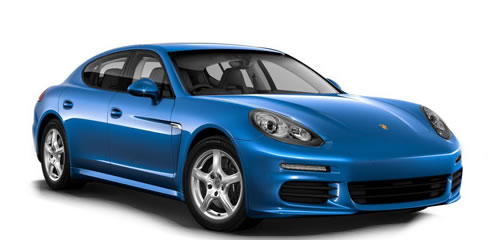 2016 Panamera
2016 Panamera
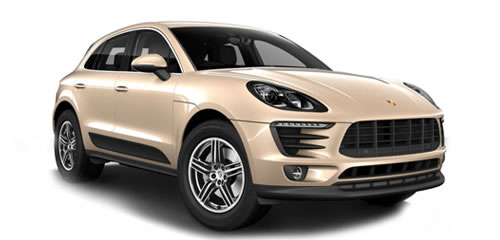 2016 Macan
2016 Macan
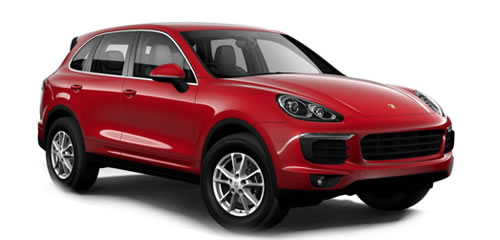 2016 Cayenne
2016 Cayenne
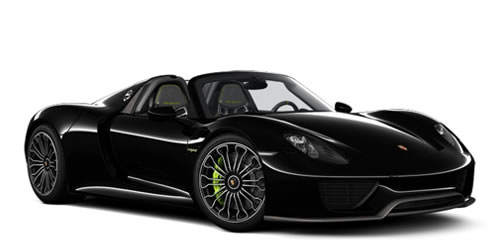 2015 918 Spyder
2015 918 Spyder
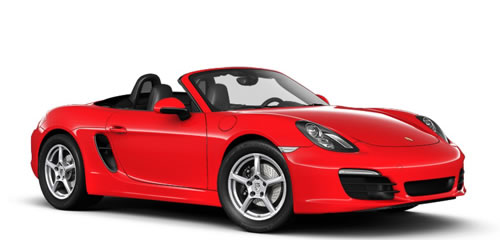 2015 Boxster
2015 Boxster
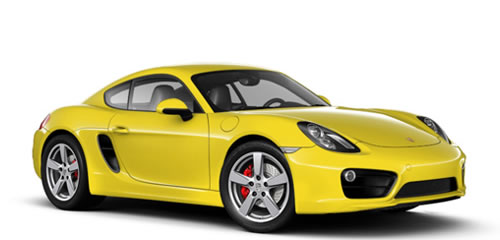 2015 Cayman
2015 Cayman
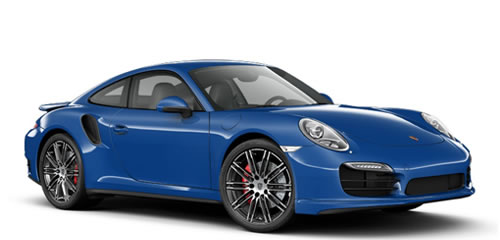 2015 911
2015 911
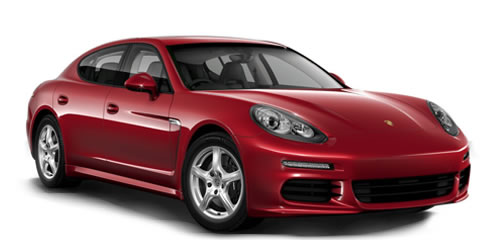 2015 Panamera
2015 Panamera
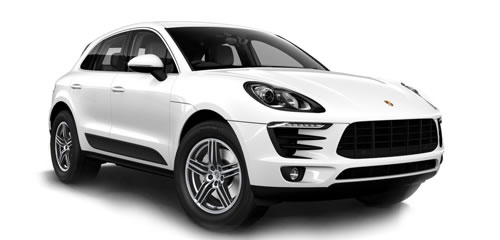 2015 Macan
2015 Macan
 2015 Cayenne
2015 Cayenne
